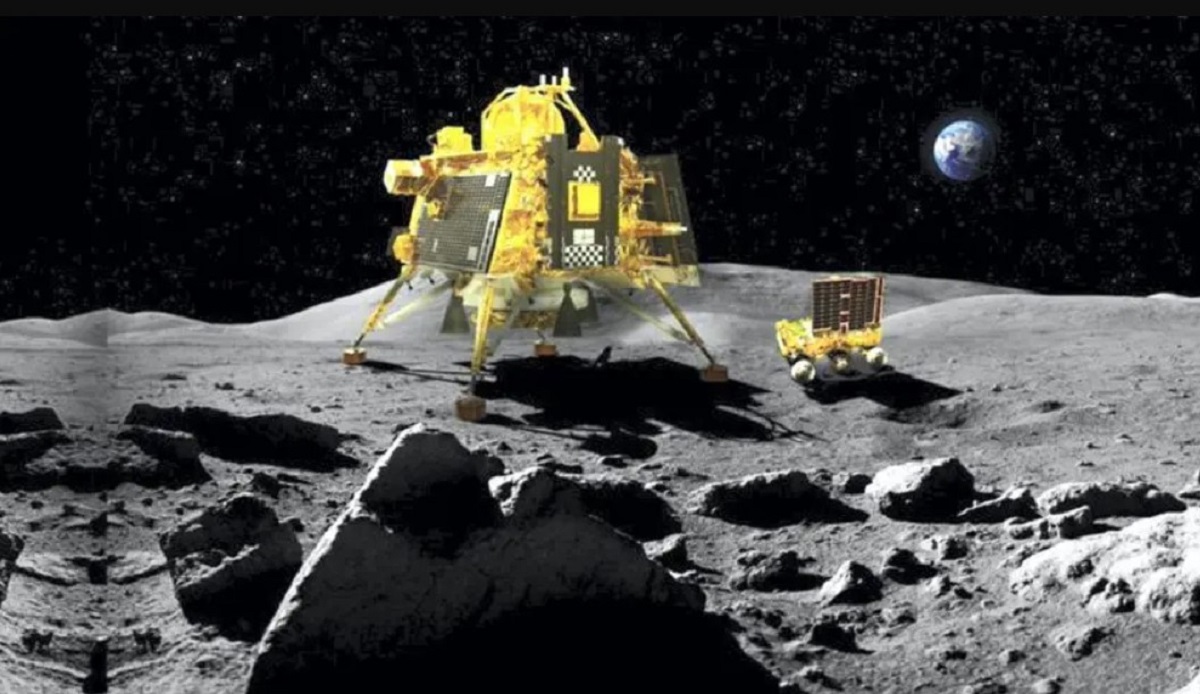India’s space agency, ISRO, has been posting footage of its rover as it starts its mission to learn more about the Moon’s history.
The Indian Space Research Organisation (ISRO) has shared photos and videos of its lunar rover on Twitter after it successfully landed on the Moon’s south pole last week. The posts show the rover leaving the lander and driving on the Moon’s surface. The ISRO also shared data from the mission’s instruments.
The first video of the rover shows it driving out of the lander on a ramp and onto the Moon. The ISRO posted the video in a thread that also included footage of the lander approaching its landing site and kicking up dust as it touched down.
The rover is named Pragyan, which means “wisdom” in Sanskrit. It is about the size of a microwave oven and weighs about 26 kilograms. It has two instruments that will allow it to study the Moon’s surface, including its composition and mineralogy.
The ISRO plans to operate the rover for two weeks. During that time, it will travel about 500 meters and collect data about the Moon’s south pole. The ISRO hopes that the rover will help scientists learn more about the Moon’s formation and evolution.
The ISRO wrote afterward that the rover’s two scientific instruments had been turned on and that it had moved eight meters. On Saturday, the ISRO uploaded a new video to X, shot from the lander, of the rover’s drive away, moving almost out of the lander’s sight.
This morning, the ISRO published two pictures after the rover encountered a large crater and needed a path correction.
India’s stated goals for its lunar mission are to successfully land on the Moon and demonstrate the country can drive its rover on the surface as well as to “conduct in-situ scientific experiments” using instruments on the rover and the lander itself.
Both the lander and rover are equipped to take measurements of the lunar environment. Using one of the lander’s payloads — called the “Chandra’s Surface Thermophysical Experiment” — Indian scientists published a graph of lunar surface temperature data, gathered with a probe inserted about eight centimeters into the topsoil that shows drastic temperature changes between the lunar surface and the soil beneath.




